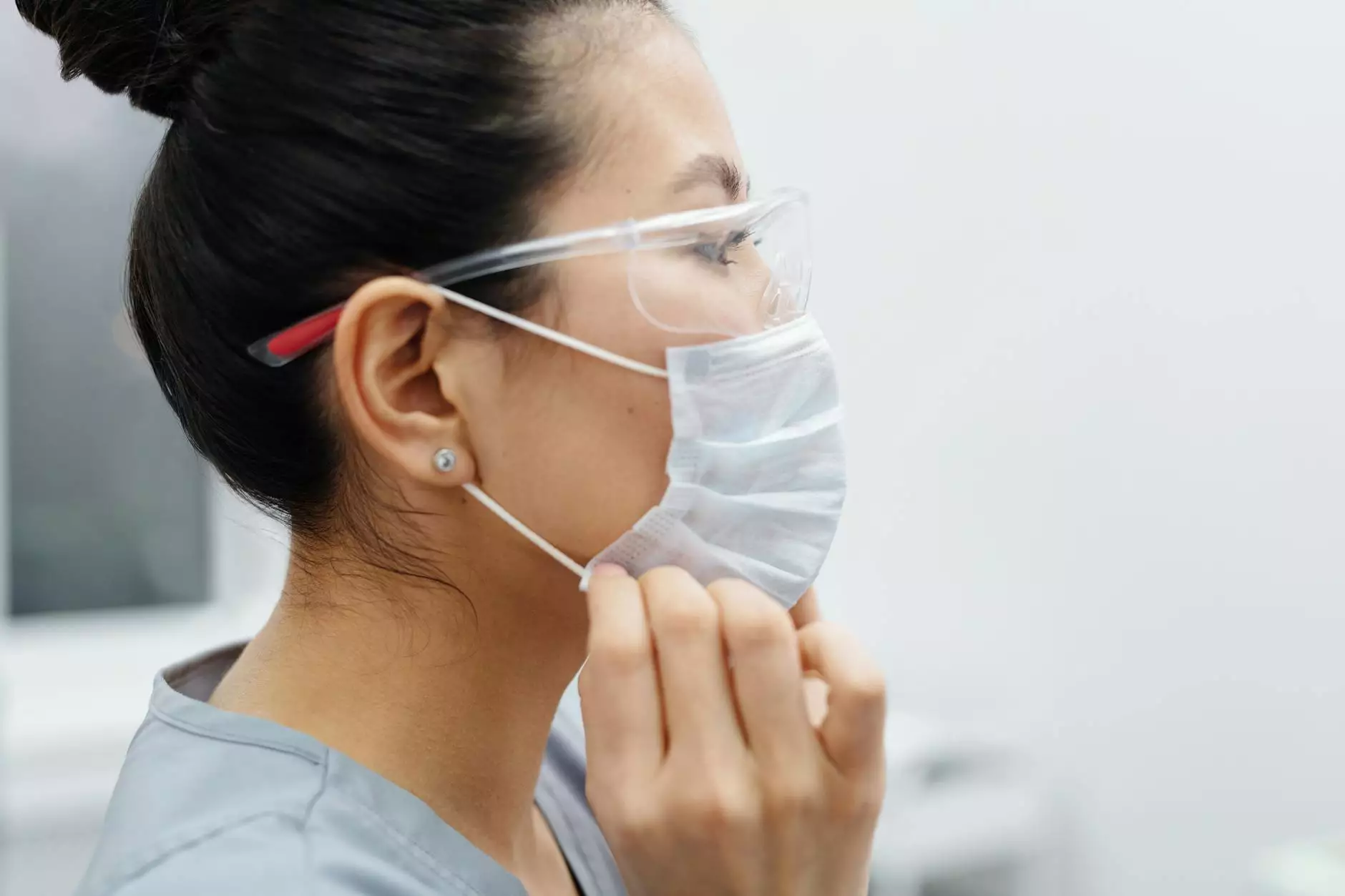Understanding Risk Reducing Salpingo-Oophorectomy: A Comprehensive Guide

Risk reducing salpingo-oophorectomy (RRSO) is a surgical procedure designed to significantly decrease the risk of ovarian and breast cancer in women, particularly those who carry specific genetic markers. This guide aims to unravel the complexities of this procedure, its necessity, benefits, and considerations, providing a thorough understanding for patients and their families.
What is Risk Reducing Salpingo-Oophorectomy?
Risk reducing salpingo-oophorectomy involves the surgical removal of the ovaries and fallopian tubes to mitigate the potential development of cancer. This procedure is particularly recommended for women with a strong family history of breast cancer and ovarian cancer, especially those identified as BRCA1 or BRCA2 gene mutation carriers.
The Significance of BRCA Gene Mutations
The BRCA1 and BRCA2 genes are integral to cellular repair mechanisms. Mutations in these genes can lead to a significantly increased risk for breast and ovarian cancers. Women with these mutations have a:
- Up to 72% lifetime risk of breast cancer.
- Up to 44% lifetime risk of ovarian cancer.
Why Consider RRSO?
For women at high risk, risk reducing salpingo-oophorectomy serves as a proactive measure. The primary benefits include:
- Significant Risk Reduction: Studies have shown that RRSO can reduce the risk of ovarian cancer by up to 96% and breast cancer by 50% in women with BRCA mutations.
- Improved Survival Rates: Early intervention through RRSO has been linked to lower mortality rates associated with ovarian and breast cancers.
- Enhanced Quality of Life: Women often report peace of mind knowing they have taken strategic steps to manage their cancer risk.
The Procedure: What to Expect
The process of risk reducing salpingo-oophorectomy includes several key steps:
Pre-Surgical Consultation
Before undergoing RRSO, a thorough evaluation by a qualified obstetrician and gynecologist is essential. The consultation often covers:
- Family history and genetic testing results.
- The timing of the surgery, typically recommended after childbearing years.
- Possible impacts on hormonal function and overall health.
The Surgical Process
The surgery typically involves either an open surgery or laparoscopic approach:
- Open Surgery: Involves a larger incision and is less common in recent years.
- Laparoscopic Surgery: A minimally invasive technique that results in smaller incisions and typically a faster recovery.
Post-Operative Care
Recovery from RRSO can vary, but common post-operative care measures include:
- Monitoring for complications.
- Pain management strategies.
- Regular follow-up appointments to assess recovery.
Considerations and Emotional Implications
Women contemplating risk reducing salpingo-oophorectomy should consider several factors:
Hormonal Changes
Removal of the ovaries leads to immediate menopause, which can present challenges such as:
- Hot flashes.
- Sleep disturbances.
- Emotional fluctuations.
Fertility Considerations
For women wishing to conceive, it's important to discuss fertility preservation options before surgery. Options might include:
- Egg freezing.
- Embryo freezing.
Emotional Support
The decision to undergo RRSO can evoke a wide range of emotions. Engaging with:
- Counselors specializing in genetic risk.
- Support groups for women who have undergone similar procedures.
Long-Term Outcomes and Monitoring
Post-surgery, women should engage in regular health screenings and lifestyle adjustments to ensure optimal health:
Regular Health Check-Ups
Ongoing healthcare is crucial, including:
- Routine breast imaging and physical exams.
- Regular pelvic exams to monitor for any abnormal signs.
Healthy Lifestyle Changes
Incorporating healthy habits can further reduce cancer risks:
- A well-balanced diet: Focus on fruits, vegetables, whole grains, and lean proteins.
- Regular exercise: Aim for at least 30 minutes of physical activity most days.
- Limiting alcohol: Moderation is key; consider guidelines for alcohol consumption.
Conclusion
In conclusion, risk reducing salpingo-oophorectomy is a life-altering procedure that provides significant benefits for women at increased risk for ovarian and breast cancer, particularly those with BRCA mutations. Through understanding the intricacies of this surgery, potential candidates can make informed decisions in collaboration with their healthcare team.
For those considering their options, consulting with experts in the field, like those at drseckin.com, can provide invaluable insights and personalized care. Remember, making an informed decision is paramount in managing your health and wellness journey.









